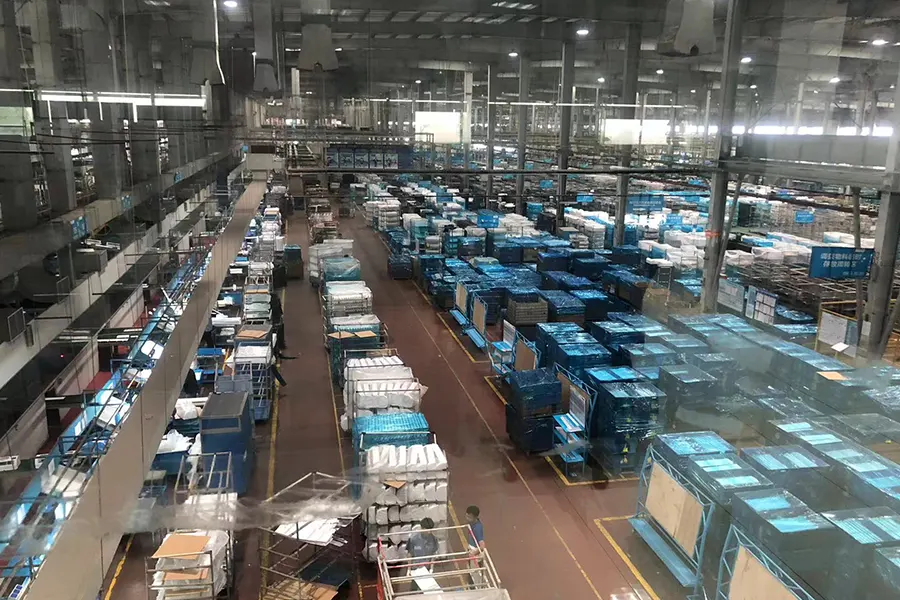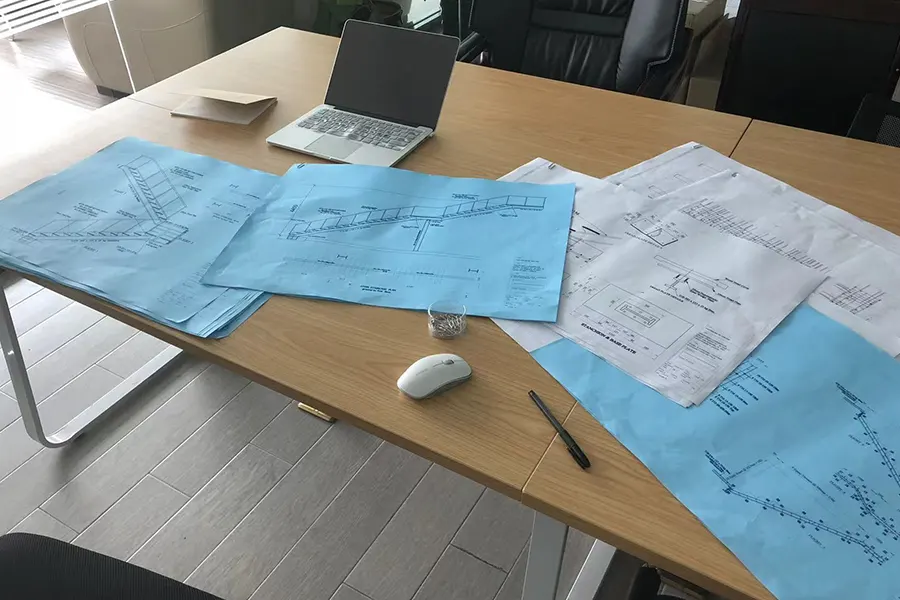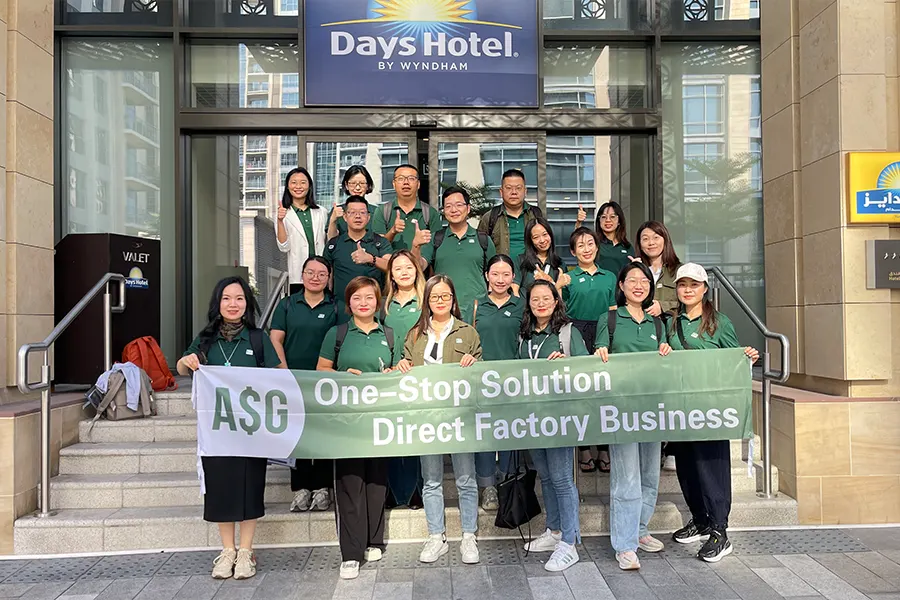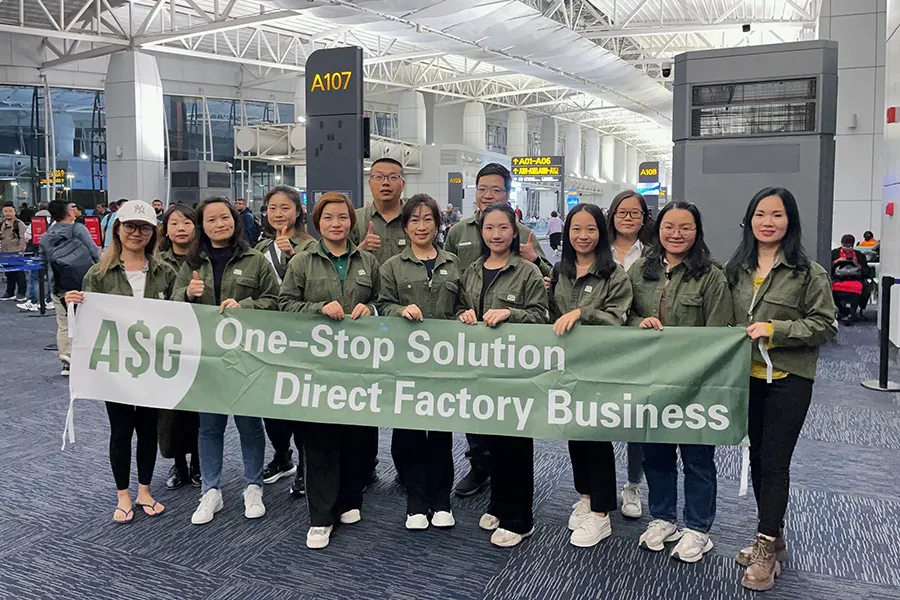Helping Suppliers Reduce Costs for Better Pricing
As a sourcing company with substantial purchasing power, we often encounter situations where different suppliers offer vastly different prices for similar products.
Rather than simply choosing the cheapest option or pressuring suppliers to match competitors’ prices, we’ve developed a unique approach: helping our suppliers reduce their costs so they can offer better pricing while maintaining profitability.
This case study highlights two real scenarios where our cost-reduction consulting approach created win-win outcomes for both our clients and suppliers, demonstrating that effective sourcing goes far beyond traditional price negotiation.
Challenge 1: The Price Mystery
We were working with two similar suppliers (let’s call them Supplier A and Supplier B) who offered nearly identical products and had comparable facilities. However, Supplier B consistently quoted prices 15-20% lower than Supplier A.
This price discrepancy made us uncomfortable—as experienced sourcing professionals, we know that unexplained low pricing can be a red flag for potential quality issues or unsustainable business practices.
Challenge 2: The Price Ceiling
In another instance, we were negotiating with a supplier who, after several rounds of cost calculations, honestly told us: “This is the absolute best price I can offer. I simply cannot go any lower.” Unfortunately, this price was still above our target range. The supplier seemed genuine, but we needed a better price to meet our client’s budget requirements.
The Traditional Pitfalls Most buyers face these situations with conventional approaches that often backfire:
- Aggressive price pressure that damages long-term relationships
- Playing suppliers against each other without understanding cost structures
- Accepting higher prices or walking away without exploring alternatives
- Short-term thinking that sacrifices quality and reliability for immediate savings
Solution 1: Raw Material Strategy Analysis
Instead of pressuring Supplier A to match Supplier B’s pricing, we conducted facility visits to understand their cost structures. We discovered that both suppliers used identical raw materials, but their procurement strategies were completely different:
- Supplier A: Purchased materials only after receiving orders (reactive procurement)
- Supplier B: Used strategic inventory management, including bulk purchasing, forward contracts, and commodity hedging
When we visited Supplier B’s facility, we saw warehouses full of raw materials they had purchased during low-price periods. This explained their cost advantage.
Rather than demanding Supplier A match these prices, we shared our findings and said: “Let me show you a method that could help reduce your costs.” We then explained Supplier B’s raw material strategy and helped Supplier A implement similar procurement practices.
Solution 2: Supply Chain Collaboration
For the second case, instead of walking away or accepting the higher price, we asked a crucial question: “Have you discussed this pricing with your raw material suppliers based on the potential volume increase? Or are you calculating based on your current material costs?”
We pointed out that our annual purchase volume would represent about 30% of their total sales, which could significantly impact their suppliers’ pricing structure. The supplier immediately understood the opportunity, left the meeting to call their material suppliers, and returned with pricing within our target range.
The Strategic Approach
Our methodology focuses on five levels of procurement excellence:
- Supply Assurance: Ensuring reliable product availability
- Price Optimization: Achieving competitive pricing through collaboration
- Total Cost Minimization: Looking beyond unit price to total cost of ownership
- Demand Management: Aligning supply with actual needs
- Value Creation: Developing innovative solutions that benefit all parties
Instead of the traditional “beat down suppliers” approach, we help suppliers understand that sustainable cost reduction benefits everyone in the supply chain.
Immediate Outcomes:
- Supplier A implemented strategic raw material purchasing, reducing their costs by 12-15%
- Our second supplier secured better material pricing, enabling them to meet our target price
- Both suppliers maintained healthy profit margins while offering competitive pricing
- Our clients received better value without sacrificing quality or reliability
Long-term Benefits:
- Stronger, more collaborative supplier relationships
- Improved supply chain stability and reliability
- Sustainable cost structures that support long-term partnerships
- Enhanced supplier capabilities that benefit their entire customer base
The Bigger Picture: This approach recognizes that most manufacturing suppliers operate on slim margins (10-20% gross profit). Rather than squeezing these already tight margins, we help expand the pie through operational improvements and strategic thinking.
When suppliers can reduce their actual costs, they can offer better pricing while maintaining profitability—creating a sustainable competitive advantage for everyone involved.
“ASG’s approach to supplier cost reduction was eye-opening. Instead of the typical adversarial price negotiations we’ve experienced with other sourcing companies, they actually helped our suppliers become more efficient. This resulted in better pricing for us, but more importantly, it created stronger, more reliable supply chain partnerships. The 15% cost reduction we achieved was sustainable because it was based on real operational improvements, not just margin compression.” — Manufacturing Client, 2024










-300x198.png)